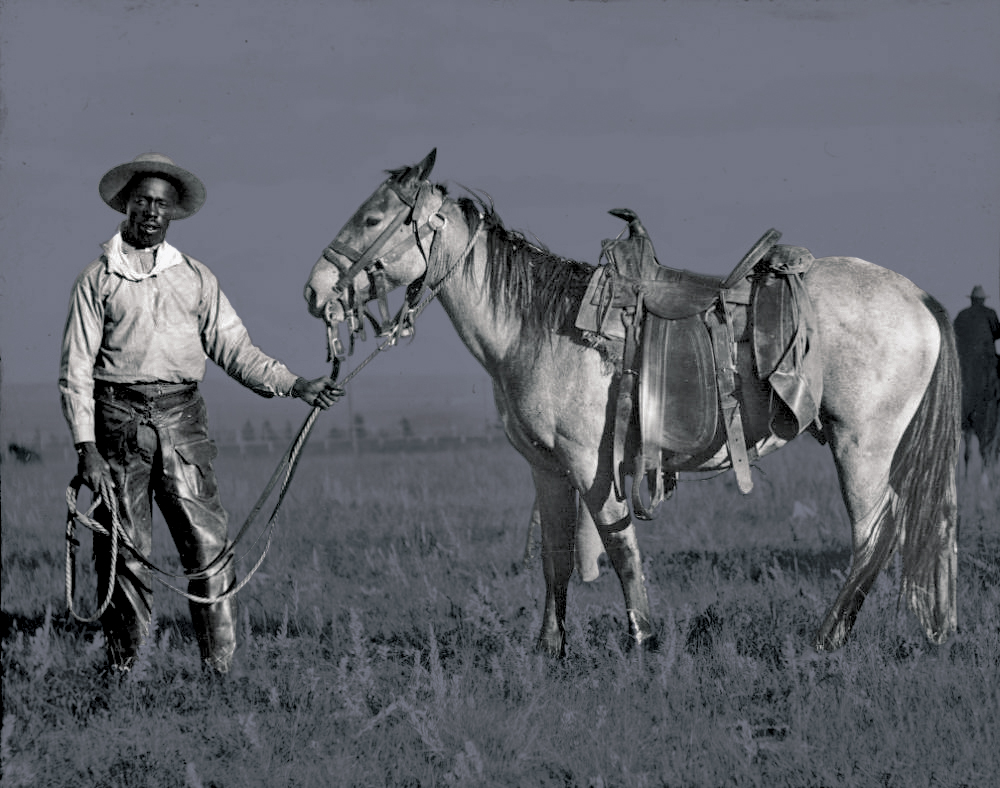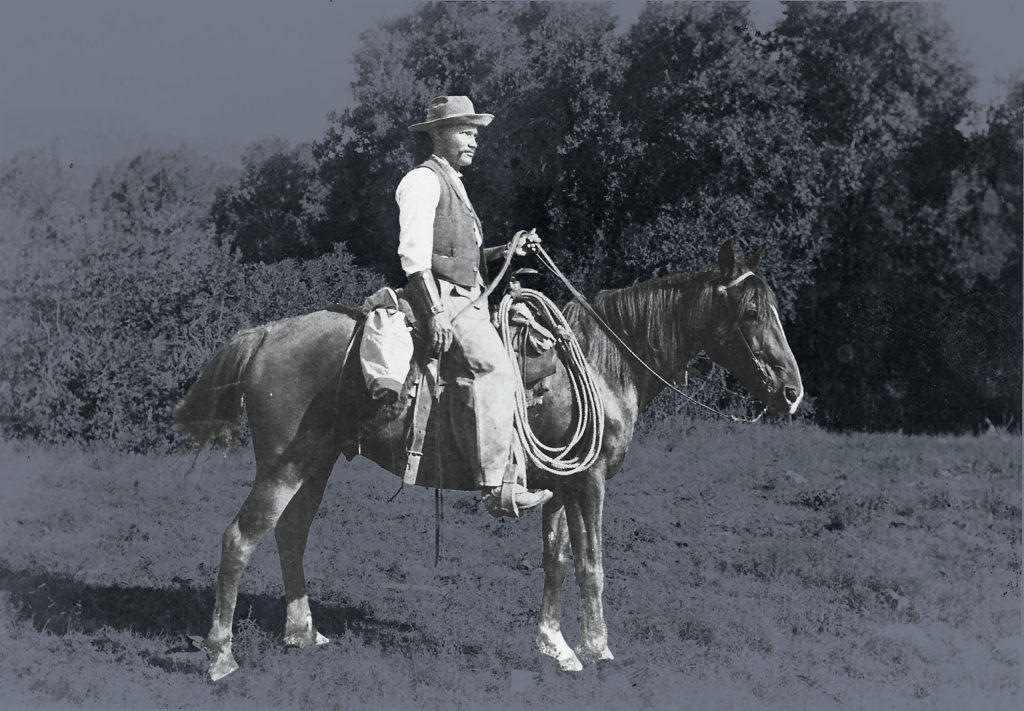
The trailblazing tale of Black buckaroos in the American West comes to The Cowboy.
Written by Jenn Thornton
Hold your horses! Yet another fascinating exhibit is landing at the National Cowboy & Western Heritage Museum in Oklahoma City, Oklahoma, this time exploring, in depth and in detail, the role of Black cowboys in the American West. Opening this month, the aptly named Black Cowboys: An American Story puts on a sweeping show that spotlights and includes the contributions of Black men, women, and children from before the Civil War through the turn of the 20th century, ultimately forming a fuller and more diverse portrait of the social and cultural landscape in the West.
“The individual stories of Black cowboys, illustrating courage in the face of discrimination, skill, despite great odds, and success through generations as ranchers and leaders in their field, are powerful,” said Marise McDermott, president and CEO of the San Antonio, Texas-based Witte Museum, which organized the exhibition with input from a steering committee and advisors, including community leaders, scholars and Black cowboys and ranchers. It is a legacy that reaches its tentacles into all different aspects of Western life and makes a forceful impact on American history that reverberates in the here and now.
Put another way, in “breaking away from the narrow cowboy typecast so prevalent within the world of popular culture,” says David Davis, chief curatorial officer at the National Cowboy & Western Heritage Museum, “the stories presented within the exhibition give a clear picture of the truly diverse nature of the real working cowboy both past and present.” Employing every tool in the storytelling toolbox, including an interactive combination of artifacts, audio-visual presentations, biographical profiles, and photography, the exhibit’s curatorial tricks are used to highlight, among other nuggets of cowboying life, how Black buckaroos tamed and trained horses, tended livestock and rode the trail with thousands of cattle across America.
The stories presented within the exhibition give a clear picture of the truly diverse nature of the real working cowboy both past and present.
David Davis, chief curatorial officer
“Black cowboys were integral to the growth of Texas’ cattle industry immediately after the Civil War,” explains Ron Davis, Witte curator of American History who co-curated the exhibition alongside Texas History Curator Bruce Shackelford. “In fact, one in four cowboys that went up the trails was a Black cowboy.” Among these trailblazers was Hector Bazy, who is portrayed by actor and playwright Eugene Lee in a film that is central to the exhibit—and, outside the gallery, to the broader history of the American West. Born into slavery in Grimes County, Texas in 1861, Bazy’s memoir from 1910 details the risky work of cowboy life. “In the film, Lee brings this experience to exhilarating life using Bazy’s own words. As the use of film proves, the exhibit advances a developing story. “Over time, the role of Black cowboys evolved as they used the skills they learned on the ranch and trail to own their own ranches, serve as lawmen, ride in rodeos, become singers and perform in movies,” the museum notes. “Today, the lives and legacies of Black cowboys have inspired new generations to explore the past through music, film, fashion and design.” The discovery begins September 22, 2023 at The Cowboy.



